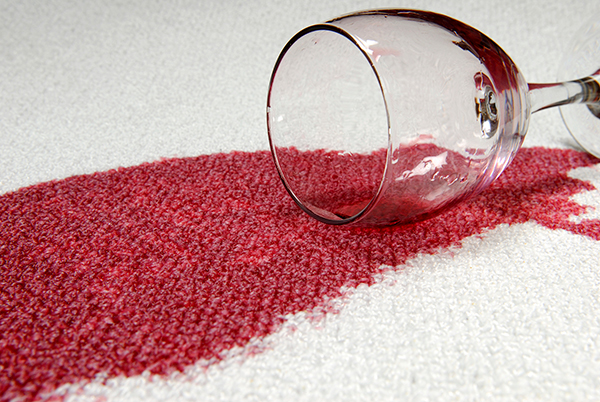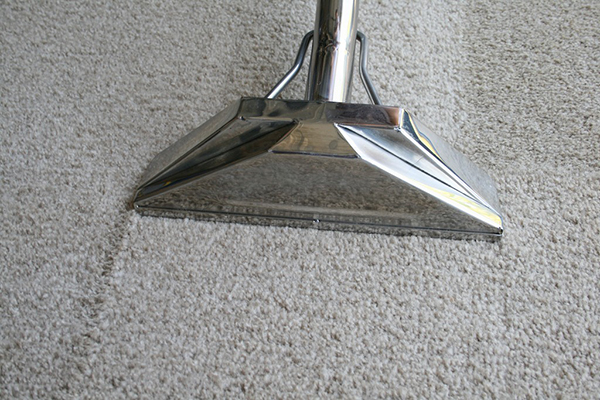Don’t track dirt inside
Placing walk-off mats outside all entrances will help absorb soil and moisture and trap excessive dirt, sand, grit, oil, asphalt, or driveway sealer that might otherwise be tracked into the home.
Use a quality pad
A good carpet pad not only gives better resilience and comfort underfoot, it can extend the life of your carpet, especially on stairs.
Occasionally move heavy furniture
Moving your furniture on occasion won’t just renew the feel of your room, it will also help avoid excessive pile crushing. Also consider using carpet protectors under the legs of tables, chairs, and other furniture to help distribute the weight.
Vacuum frequently for long-term beauty
The most important step in caring for your carpet is vacuuming it thoroughly and frequently, particularly in high-traffic areas. Walking on soiled carpet allows the soil particles to work their way below the surface of the pile where they are far more difficult to remove and can damage the carpet fibers. Frequent vacuuming removes these particles from the surface before problems occur. For rooms with light traffic, vacuum the carpet traffic lanes twice weekly and the entire area once weekly. In areas with heavy traffic, vacuum the carpet traffic lanes daily and the entire area twice weekly. Extend the life of your carpet with a quality vacuum.
Get on a cleaning schedule
If carpet is cleaned before it becomes too unsightly, the cleaning chore will be easier and more successful. Carpet in a typical household should be cleaned every 12 to 18 months, depending on the number of residents and amount of activity.
Spot and Spill Removal Stain solutions for your carpet
No carpet is stain proof, but since many are stain resistant, you have time to act. Remove as much of food spills as possible by scraping the carpet gently with a spoon or a dull knife. Absorb wet spills quickly by blotting repeatedly with white paper or white cloth towels. Always blot; never rub or scrub abrasively, as a fuzzy area may result. When blotting, work from the outer edge in toward the center of the spot to avoid spreading the spill. Rinse the cleaned carpet area with water to remove detergent residue that may become sticky and cause rapid re-soiling. Absorb any remaining moisture by placing several layers of white towels over the spot and weighing them down with a heavy object. This step is necessary even when the carpet doesn’t seem particularly damp.
Be prepared for any spill with the following checklist:
White cloths or white paper towels
Detergent solution Mix mild liquid detergent with water (no more than 1/4 teaspoon of detergent to 32 ounces of water). A clear, non-bleach liquid dish washing detergent such as Dawn, Joy, or clear Ivory is recommended. Do not use detergents that are cloudy or creamy because they may leave a sticky residue.
Vinegar solution Mix 1 part white vinegar to 1 part water. Ammonia solution Mix one tablespoon of ammonia to one cup of water. (Do not use on wool or wool-blend carpets.)
Non-oily nail polish remover
Chewing gum remover (freeze or solid type)
Spot Remover Use spot removers designed specifically for grease, oil, or tar, such as Carbona or Energine.



